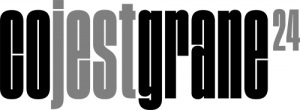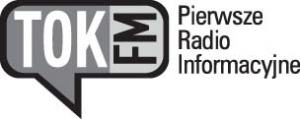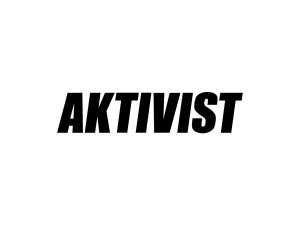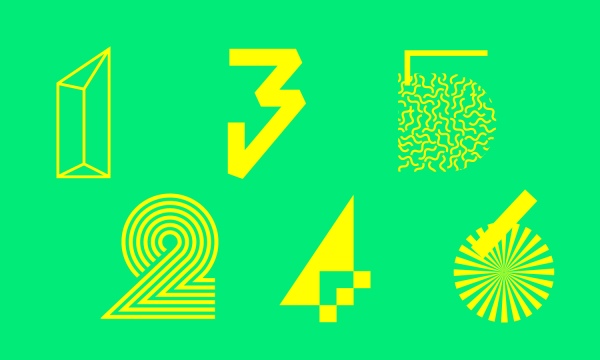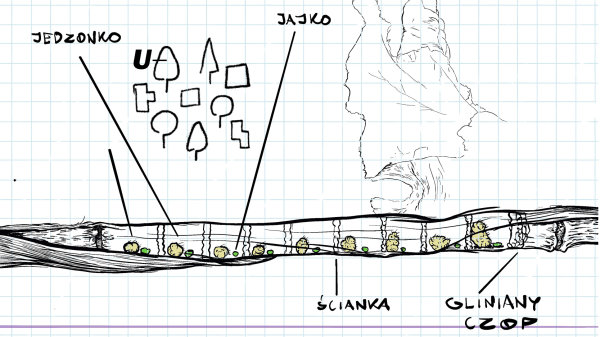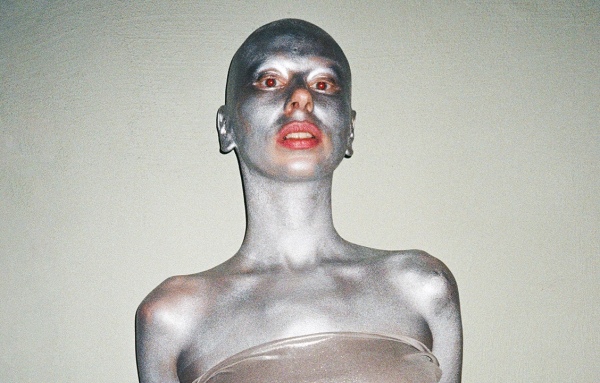Anna Panek
Dissolving
Anna Panek isn’t bringing any works to her exhibition in {Bank Pekao Project Room}. The essence of this exhibition is a work that will be implemented every day inside the gallery space by the artist. The working time coincides exactly with the duration of the exhibition. Implementation of the work will commence on the day of the opening, and will be completed on the exhibition’s final day. The dimensions of the displayed work correspond exactly to the dimensions of the gallery wherein it is created.
The subject of Dissolving is not an artefact per se, but rather the process itself, and the goal the artist is trying to attain. It’s the titled dissolving of architecture – with the example being the inside of the gallery. In this process, painting becomes a substitute for the solvent.
Anna Panek is a painter and architect. In her research, she combines and at the same time contrasts these two fields, going beyond the framed image, painting onto the architecture. This is a type of reverse architecture: by means of painting, the artist blurs physical structures and changes real places into ephemeral images.
From Anna Panek’s point of view, architectural structures are frames, in which a person consciously recognizes his experience without turning off the experience of art. In turn, Panek perceives painting as field that remains closer to the forces of nature. Painting can be allowed to grow and spread. In this perspective, the scope of the painter’s control over painting is reminiscent of the relationship of a gardener and his plants. Painting is cultivating - man initiates the process, but then allows it to happen in accordance with its own autonomous logic.
Unlike architecture, painting has no explicit function, with the exception of being a representation of parallel reality. In Dissolving, Anna Panek daily obscures the gallery’s architectural reality, replacing it with the reality of painting.
Dissolving is an attempt to present painting, which is not so much the finished object, but the process of happening. The protagonist of this exhibition is not the work that has developed jointly between the artist and the institution – "a cultural product" – but a plan and drive towards its realization. The artist works on it every day, regardless of whether the gallery is open or not, with or without an audience. The exhibition, which will be ready upon completion, consists of a sequence of changes, a collection of exhibitions, which will look differently every day.
- Text
- Stach Szabłowski



